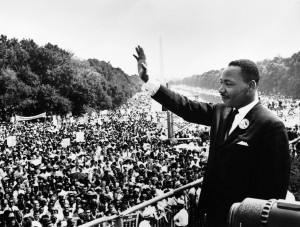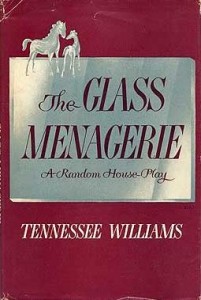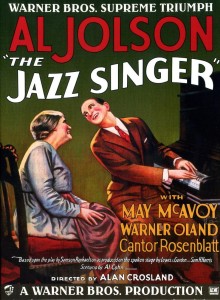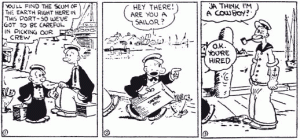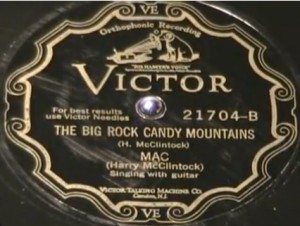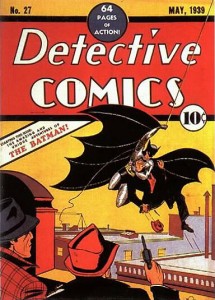
Batman, by Bob Kane and Bill Finger ©1939
Despite what the official credits say, Batman was the creation of Bob Kane and Bill Finger. Kane was assigned by his editor to come up with another character in the vein of their hit “Superman” hero, and with substantial input from Finger (who steered him from a bird to a bat, and suggested a gray costume instead of red), came up with “the Batman”. (Finger also created important elements of the Batman franchise, including “Gotham City”, the Joker, and Robin.)
Batman was the cover feature in issue #27 of the anthology Detective Comics (May 1939), which he went on to take over completely. His publisher even changed their name to “DC” to take advantage of the brand recognition. A whole family of characters grew around him, including some of the most memorable villains of the 20th century, making him a ripe subject for numerous TV series and feature films. He’s arguably more successful, more popular, and more widely recognized than that guy with an “S” on his chest.
He should have entered the Public Domain at the end of 1995. That wouldn’t have prevented the dreadful Batman and Robin movie from coming out a year and a half later, nor the critically acclaimed and highly profitable Nolan/Bale movies in the early 2000s: Warner (which now owns the character) would still have the right to use the character, and has all of the key elements of him protected by trademarks: the distinctive profile, the chest emblem (and its variations), and of course the name and nicknames such as “the Dark Knight”.
But if Finger and Kane’s character was in the Public Domain, it would leave an opening for other filmmakers to do their own interpretation of the character. They could file off just the trademarks and create a film about the orphaned son of gunshot victims, who uses his inheritance to become a shadowy vigilante in a cape and cowl, without fear of copyright lawsuits. They wouldn’t have to hide behind a “parody” defense by making it satirical. They could just “do it right (in their opinion)”. So fans who groove on the campy fun of the 1960s TV series could have their caped crusader, fans who like the raspy darkness of the Nolan/Bale movies could have their dark knight, and both people who liked the Schumacher/Clooney version could have their sculpted-nipple chest armor.
And instead of online petitions about the casting of Ben Affleck (or whoever), the question of “who’s right” to play Batman could instead be settled at the box office. Or in each fan’s heart.


